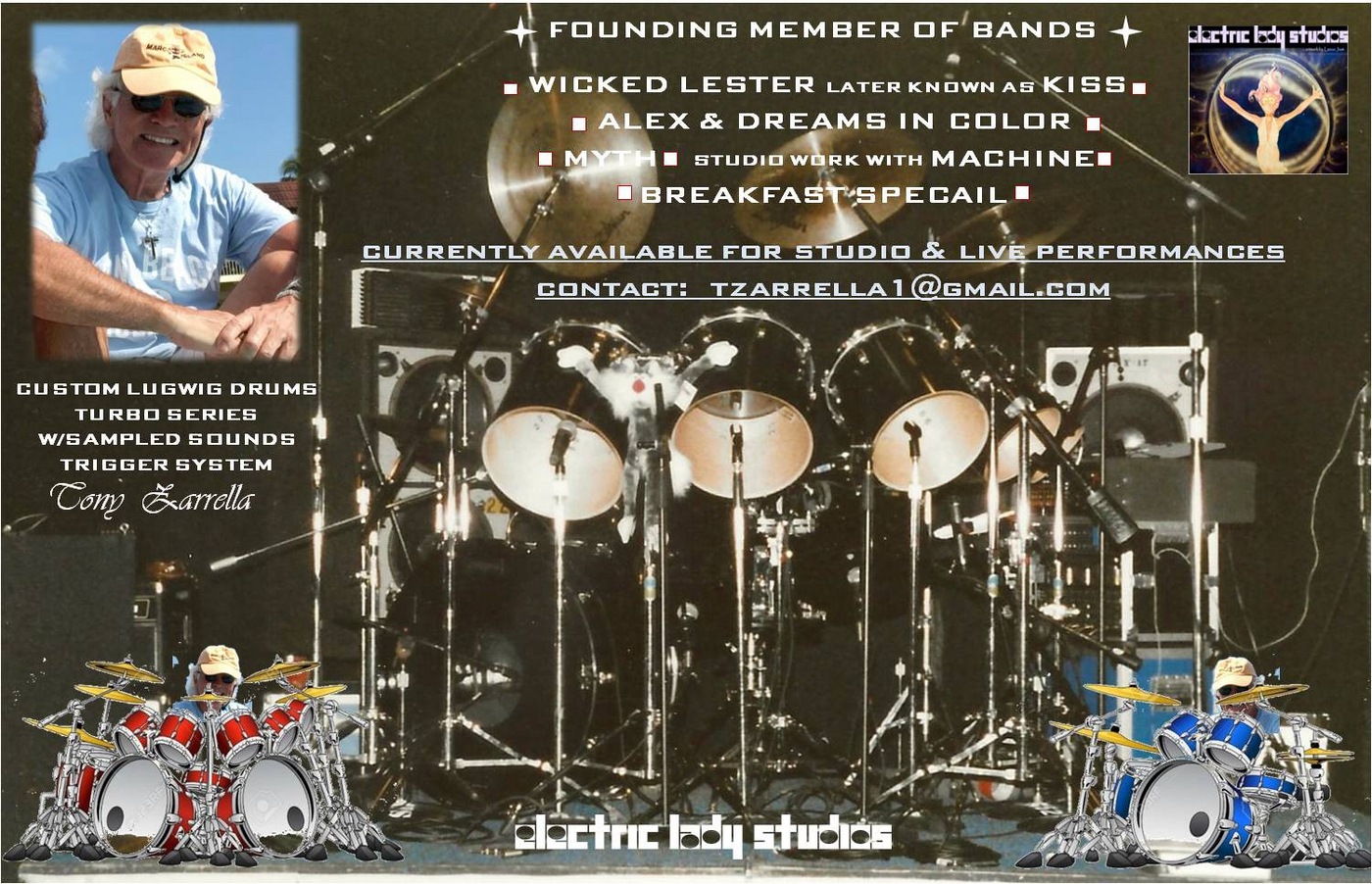
All images courtesy of Tony Zarella/Getty Images
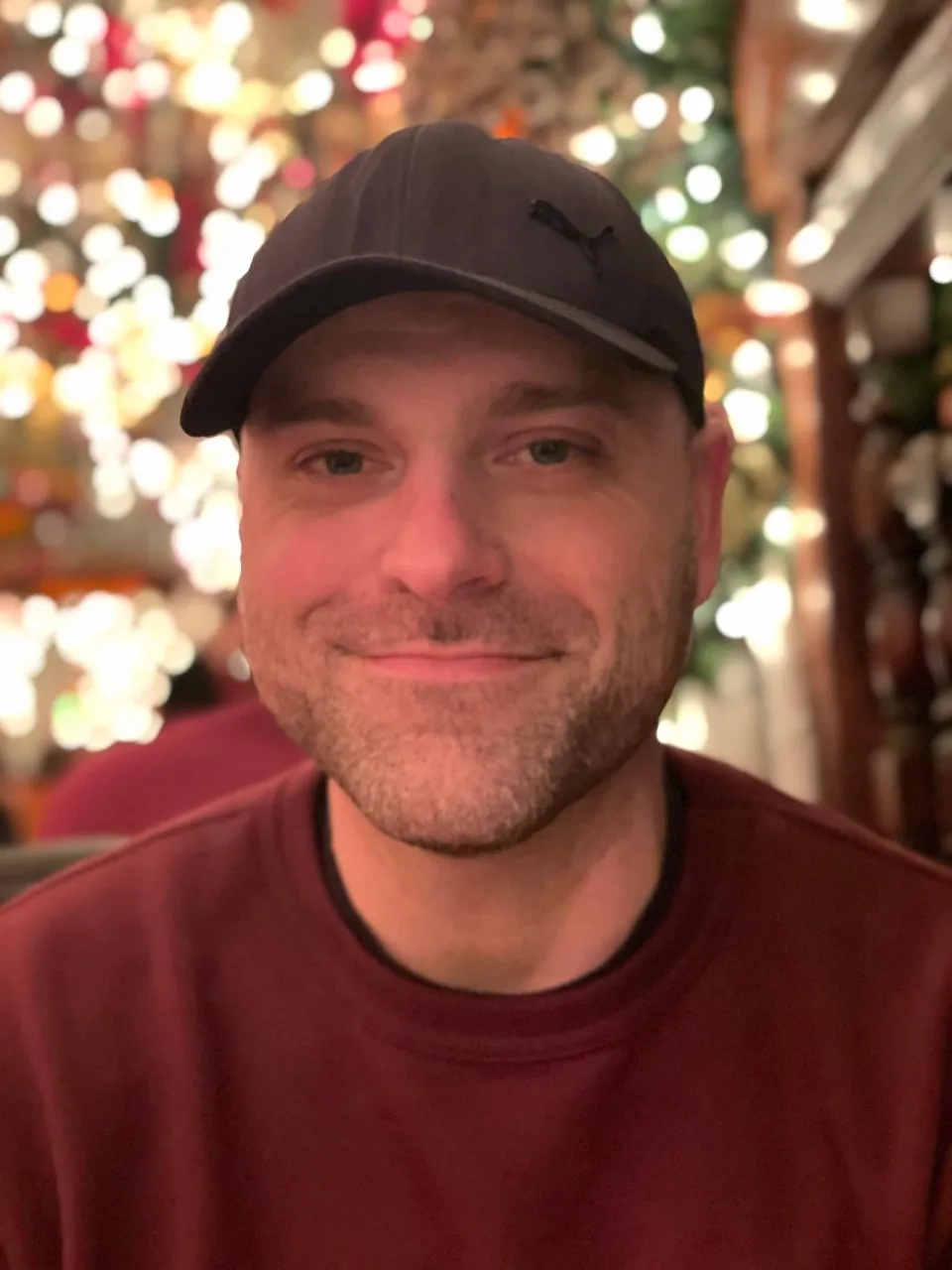
By Andrew Daly
[email protected]
Before they were world-beating glam rock superstars, Gene Simmons and Paul Stanley were members of several bands, the most notable of which was Wicked Lester.
An eclectic mix of prog-rock, soft rock, and breezy pop music, Wicked Lester was an amalgam of the various influences its members – Gene Simmons, Paul Stanley, Stephen Coronel, Brooke Ostrander, and Tony Zarrella – brought to the table. Even in their embryonic days, Simmons and Stanley’s talent was apparent, manifesting in a record deal with Epic Records.
Not long after signing with Epic, Wicked Lester headed into the famed Electric Lady Studios to cut what was to be its debut. With songs such as “Firehouse,” “She,” and “Love Here All I Can” on the docket – songs which would become KISS classics – things were looking up for Wicked Lester. But alas, it was not to be, and soon, Simmons and Stanley departed for pastures anew, forming KISS, leaving Wicked Lester’s album unreleased and its remaining members to pick up the pieces.
Coronel and Ostrander would have varying levels of success, with Ostrander passing away in 2003 and, sadly, Coronel ending up in jail in 2016. As for the band’s drummer, Tony Zarrella, he went on to produce, manage, and record with various artists over the years before moving to become an architect and make a new home in Florida. But Zarrella has never forgotten his days in Wicked Lester, doesn’t take his place in KISSTORY for granted, and does his part to honor its legacy accordingly.
Zarrella logged on with VWMusic recently in the running through his early interactions with Gene Simmons and Paul Stanley, Wicked Lester’s signing with Epic Records, the recording of their unreleased album, the demise of the band, and his retrospective musings on the band.
What first sparked your interest in the drums?
The Beatles and The Dave Clarke Five were significant musical influences. I was drawn to playing the drums since they are any band’s foundation and driving force. Plus, I enjoyed the physical activity, being very athletic. I also listened to British progressive rock groups like Jethro Tull, Procol Harum, and Moody Blues, which all influenced me.
How did you first meet Paul Stanley and Gene Simmons leading up to joining Wicked Lester?
My good friend Brooke Ostrander, a keyboard player, introduced me to Paul and Gene. I remember that Brooke asked me if I was interested in auditioning with his new band called Rainbow at the time. They were auditioning drummers at the Chinatown loft in NYC after Joe Davidson left, and things moved forward from there.
Can you recount your audition and which songs you played?
Yes, I remember it well. We played original tunes written by Paul and Gene, like “Firehouse” and another called “Molly.” I seem to recall that we also played some Jethro Tull tunes from the Aqualung album, like “Locomotive Breath,” “Aqualung,” and “Cross-Eyed Mary.”
Can you recall your first gig with Wicked Lester?
My first gig was performing with Wicked Lester at the Rivoli Theater in South Fallsburg, NY. This was our first show after the many months of rehearsals we had done in our Chinatown loft on Canal Street in NYC. As the drummer, I learned how to excite the listeners by becoming more involved in the live show with my unique playing style and motivational force. The crowd was a small turnout since it was a small venue, but the show went very well. Our extensive dedicated rehearsals prepared us. And I believe the next gig we did was a Bar Mitzvah at an Atlantic City venue not long after.
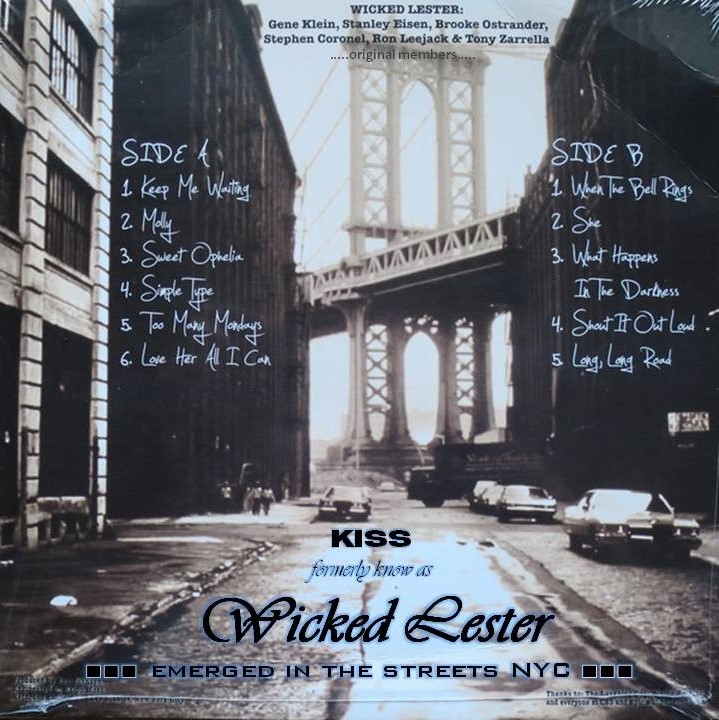
All images courtesy of Tony Zarella/Getty Images
What are your memories of securing a deal with Epic Records?
We were invited to audition in the Columbia Records Studio in midtown NYC. At that time, Epic Records was a subsidiary of Columbia Records. The audition went very well as the label did not have an act like Wicked Lester on their roster. We were focused on securing a record deal with a major label, and Lew Linet, our interim band manager, helped us get that deal. And I remember that Stan Snadowski was someone we were considering as our manager, but we were very happy with what Lew had been able to do for us at that time.
But like I said, the members were focused on securing a record deal, and everyone contacted managers and producers with the hopes of connecting with a major label, and we finally did with Epic. We finally connected with Tom Werman from Epic Records, who arranged a spec deal. The spec funding was directed and arranged at recording at Electric Lady Studios. I seem to recall that as the drummer, I was attracting most of the attention from the label executives with my playing, long hair, and my customer Ludwig set that had over 15 pieces, which was visually very impressive. I still have the same original drums today.
Walk me through the sessions at Electric Lady Studios for Wicked Lester’s album.
We recorded at Electric Lady Studios during the off hours after 5:00 pm at night when studio time was more available. We were there for about two years, recording and mixing over 22 tracks with Ron Johson as producer and Ralph Moss as engineer. I have memories of meeting a lot of great musicians there, like Richie Havens and the group Bulldog, which had members of the Rascals, Dino Danelli, Gene Cornish, Eric Thorngren, and John Turu. I also met Steven Stills from Crosby, Stills & Nash, and Steven played a small guitar part on one of the Wicked Lester songs. I can’t recall which one, though.
Were Paul and Gene sure of themselves in terms of direction? Or did they lean on the rest of the band?
Steven [Coronel], Brooke, and I were very involved in the arrangement and production of the songs. Paul and Gene would come in with basic rough cassette recordings of the songs played on acoustic guitar. During the rehearsals, we would develop each song with new and improved bass lines, rhythm, and lead guitars, all coordinated with my original drum parts. And my drumming was creative, with a unique style that I integrated into each song’s character. I felt that this worked perfectly. I wrote all the drum parts, complemented by Gene and Paul’s input, along with producer Ron Johnson and engineer Ralph Moss.
What struggles did the band face in terms of completion?
Well, it took two years, so it was a slow process. The end result was airy and light music, with production considered crossover material for commercial and pop airplay. But the creative struggles were minimal because there was mostly mutual agreement by all involved in the recording process. This said, there were differences in that Gene and Paul preferred more of the hard rock edge, while I combined both hard rock and pop drum playing styles.
Was the band happy with the album upon completion?
At the end of recording and mixing the album, everyone was moderately optimistic and satisfied. I was happy with the end result because the songs and production were different and felt unique for this period in the early ’70s. Overall, the album’s sound was eclectic, with a conceptual approach to each song. The band developed the sound and style together, which all happened in the moment. I guess you could say we were intentionally living in the moment with our music. But the record was never released, and then, after KISS got big, there were plans to put it out, but as I understand it, the Wicked Lester record got shelved because Gene Simmons and Paul Stanley purchased the master tapes, so they would not be released. I believe there was concern that it would contradict their harder rock image.
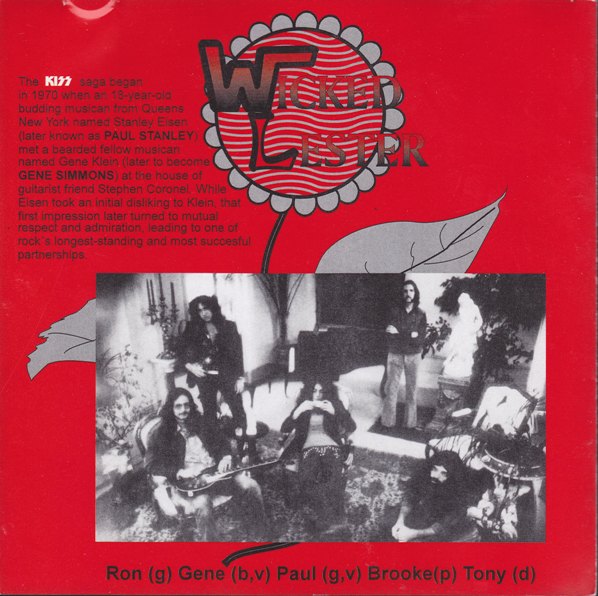
All images courtesy of Tony Zarella/Getty Images
Which songs ended up becoming KISS songs? Of the ones that did become KISS songs, was the rest of the band credited?
Well, as you probably know, “Firehouse” was a Wicked Lester song that ended up on the first KISS album. And “She” and “Lover Her All I Can” ended up on Dressed to Kill. But I was not credited for playing on and developing these songs during or after rehearsals. I think that “When the Bell Rings” might have been considered, but that did not end up being a KISS song. And the same can be said about “Molly,” which we recorded at Electric Lady and was one of my favorites that we did.
Other songs that were never released – to my knowledge – were “Sweet Ophelia,” “Keep Me Waiting,” “Simple Type,” “Too Many Mondays,” “What Happens in the Darkness,” and “We Want to Shout it Out Loud.” Having said that, the last one’s title seems to have been repurposed as “Shout it Out Loud” from Destroyer.
What led to the end of Wicked Lester?
I did not leave Wicked Lester; I thought we planned to keep going. But Gene Simmons and Paul Stanley left the band, so Wicked Lester broke apart and did not move forward. It was not mutual or due to a lack of album success since Epic Records did not release it. So, while I did not leave the band – a common misconception – I have some regrets about Paul and Gene’s decision to leave. I wish we could have continued. I am often asked if I was asked to join KISS, and the answer is no; they never asked. But if they had asked, I would have pursued the same direction.
Did you maintain contact with the members of Wicked Lester through the years?
I did keep in touch with Brooke Ostrander, but as we know, he passed away on August 17, 2003. As for Paul and Gene, yes, I have connected with both on Facebook and via email on a few random occasions. Having said that, I haven’t spoken to Gene or Paul on the phone.
What did your post-Wicked Lester years look like?
I recorded, toured, produced, or managed groups like Alex and Dreams in Color, which Alex Chipernoi founded in New Jersey. And then there was Myth, which was NYC based and featured Ben Budick, Billy Lee, Tom Kesel, and Tom Agterberg. And I auditioned for Santana in Northern California as a fill-in drummer, but that didn’t go very far, and there’s not much to tell there.
I produced an NYC rock band called Machine, and there were other bands, like Elexus Quinn, Ziggy True, Snowmen, Rich Lester Band, Oona Falcon Band, the Breakfast Special, Buffalo Gals, and the Joel Fry Band. My approach to working with each artist is different from one another. I adjust to the required style of music by learning more about each artist’s likes and dislikes. Aside from my music, I’m also an architect doing design and build work on residential and commercial properties.
When you look back on it, how do you measure the importance of Wicked Lester?
I think it’s very important. As we all know, Wicked Lester was the beginning and foundation of KISSTORY. With it, who knows how KISS turns out? I think that Gene, Paul, Brooke, Steven, and I all learned and gained tremendous experience from the start. I still apply many of those lessons to this day. All my lanes are open, but with no tolls [Laughs]. I’m always on the lookout and considering new and unique opportunities. I get emails from fans all the time about Wicked Lester, wanting to know the history, so I think it’s very important, and I am proud to have been a part of it.
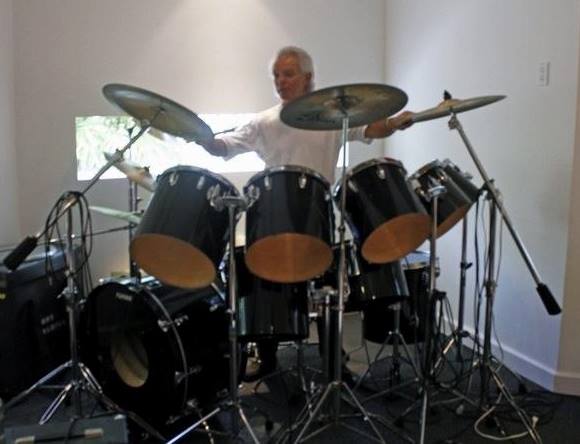
All images courtesy of Tony Zarella/Getty Images
– Andrew Daly (@ajdwriter88) is the Editor-in-Chief of www.vwmusicrocks.com and may be reached at [email protected]

5 thoughts on “An Interview with Tony Zarrella of Wicked Lester”